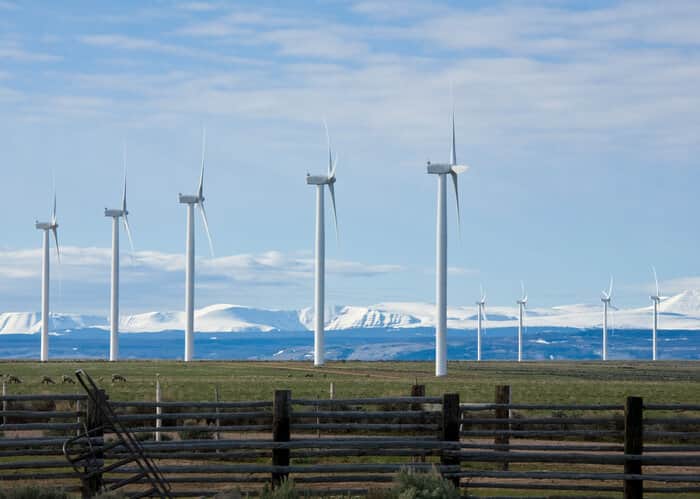The Idaho Public Utilities Commission (PUC) has granted a request by utilities to adjust rates paid to small-power producers so they more closely match the actual value of energy at the point of time it is delivered.
The value of energy increases during peak demand times and decreases during light-load hours, yet utilities maintain they must pay the same price to the small-power generator during light-load hours as the generator pays when the energy is delivered during heavy-load hours, the PUC says.
Utilities are already allowed a seasonable adjustment to account for the changing value of energy between the various seasons of the year. But because the value of energy fluctuates hourly, Idaho Power Co. and Rocky Mountain Power (formerly Utah Power) had petitioned the commission for a daily load shape adjustment. The PUC adopted an adjustment of $7.28 – less than Idaho Power's initial proposal of $11.63.
In a related matter, the PUC denied a request by utilities to place further restrictions on the distance allowed between wind projects, or other small-power generation projects, which are owned by the same entity.
According to the commission, Idaho Power and Avista had asked the PUC to adopt a rule, similar to one approved in Oregon, that prevents utilities from having to pay the published avoided-cost rate when the same owner/developer has small-power projects located within five miles of each other.



